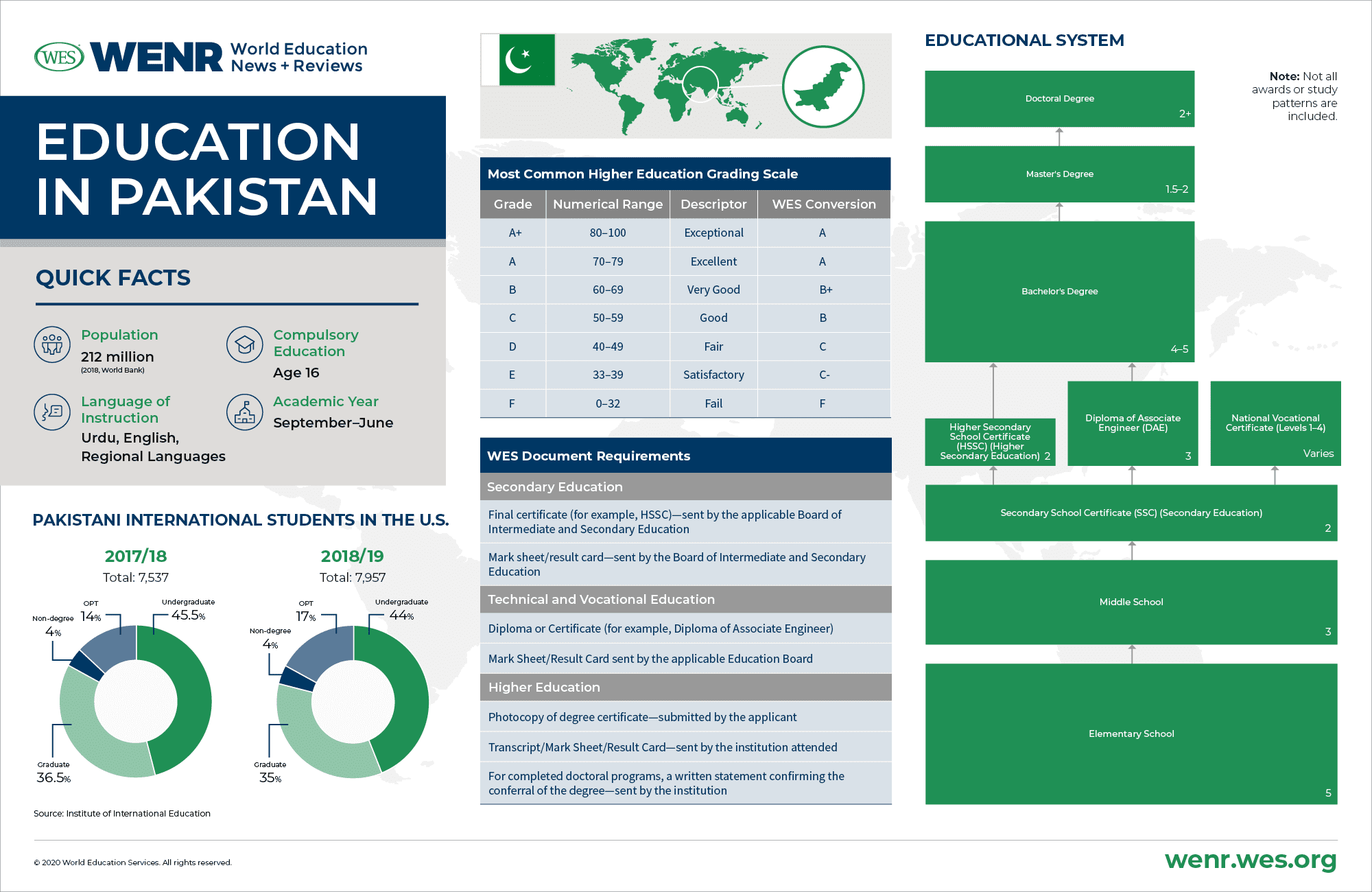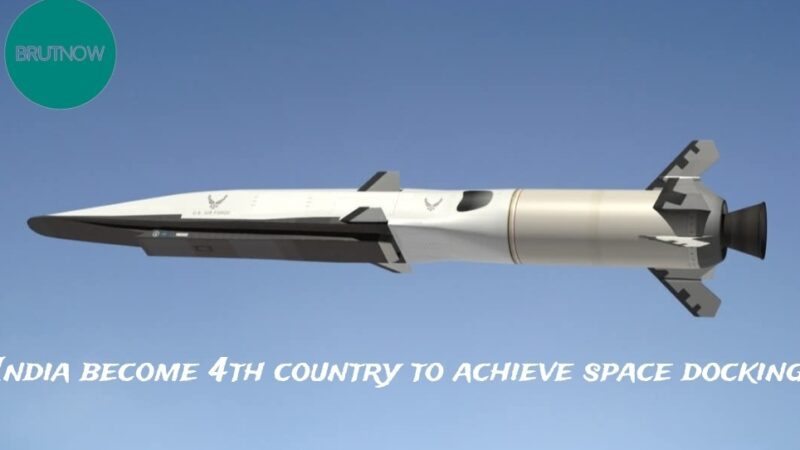The Education Crisis in Pakistan: A Comparative Perspective

Education is a fundamental right and a cornerstone of national development. However, in Pakistan, a staggering 26.6 million school-age children remain out of school, making it one of the worst education crises in the world. When compared with countries such as Bhutan, Nepal, Sri Lanka, Bangladesh, Vietnam, Myanmar, the Philippines, and several African nations, Pakistan’s education system faces significant challenges that demand immediate attention.
The Scale of the Problem in Pakistan
Pakistan has one of the highest numbers of out-of-school children globally. Despite constitutional commitments to providing free and compulsory education, multiple factors contribute to the crisis, including poverty, gender discrimination, poor infrastructure, security concerns, and governance issues.
Comparison with Neighboring Countries
- Bhutan: With a smaller population, Bhutan has made impressive strides in education. Government-led initiatives and international support have resulted in a literacy rate of over 70%.
- Nepal: Despite facing natural disasters and political instability, Nepal has managed to improve school enrollment rates through community-driven education programs and government policies.
- Sri Lanka: With nearly universal primary and secondary education, Sri Lanka boasts one of the highest literacy rates in South Asia, thanks to consistent government investment and policy reforms.
- Bangladesh: Bangladesh has made significant progress in reducing the number of out-of-school children through public-private partnerships, female education incentives, and digital learning initiatives.
- Vietnam: Vietnam has one of the best education systems in Southeast Asia, with a literacy rate above 94%. Heavy government investment and strict educational policies ensure high student retention rates.
- Myanmar: Despite political turmoil, Myanmar has made efforts to enhance its education system, with increasing access to primary education and vocational training programs.
- Philippines: The Philippines has a high enrollment rate in primary education, with continued efforts to improve secondary and higher education accessibility.
Lessons for Pakistan
Comparing Pakistan’s situation with these countries highlights several key areas for reform:
- Increased Budget Allocation: Countries with successful education models invest heavily in education, ensuring resources are available for infrastructure, teacher training, and student support.
- Public-Private Partnerships: Bangladesh’s approach of engaging private organizations in education has yielded positive results and can be replicated in Pakistan.
- Community Involvement: Nepal’s success in educational reform was partly due to community-driven schools. Localized efforts can help bridge Pakistan’s educational gap.
- Female Education Emphasis: Encouraging girls’ education, as seen in Bangladesh and Sri Lanka, can significantly boost literacy and overall development.
- Vocational Training: Providing alternative learning opportunities, such as vocational training, can keep more students engaged and better prepared for employment.
Conclusion
Pakistan’s education crisis is a major obstacle to its development. By analyzing and adopting successful strategies from neighboring countries, Pakistan can work towards a more inclusive, accessible, and quality education system. With strong political will, community engagement, and strategic investment, the country can overcome this crisis and secure a brighter future for its children.





